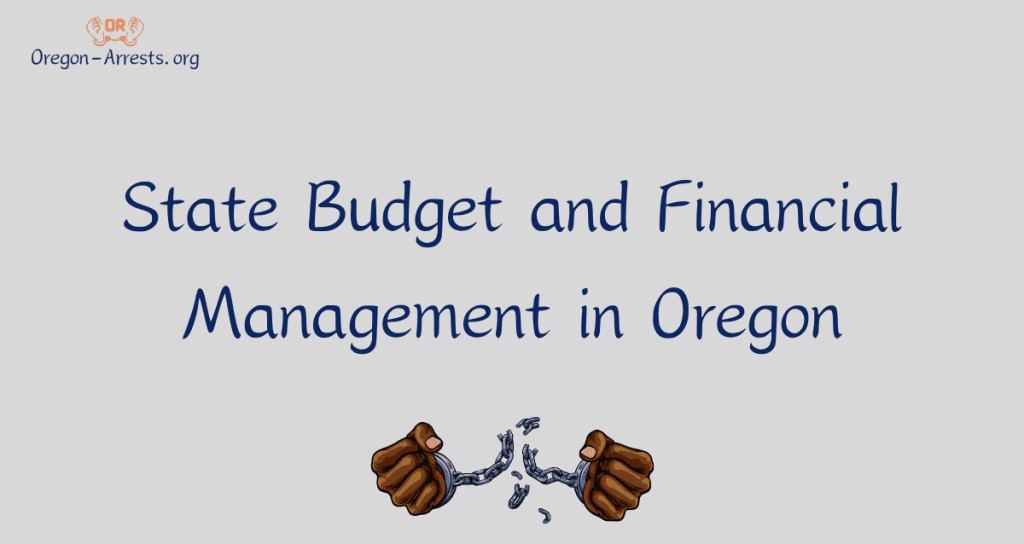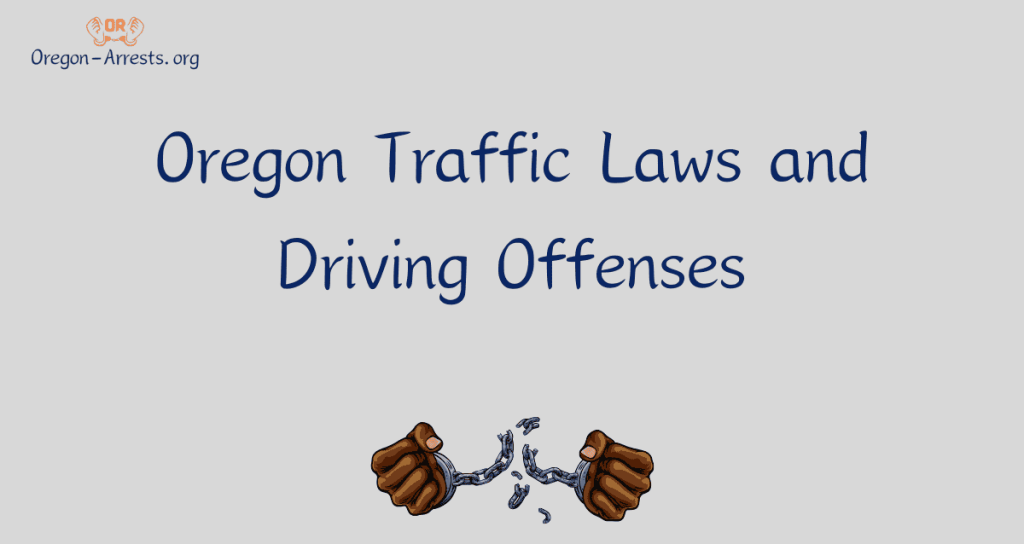Governor and State Legislature in Oregon
Oregon’s governance is a complex interplay between its elected officials, primarily the Governor and the State Legislature. These two entities, along with their distinct roles and responsibilities, shape the political landscape and the direction the state takes on various issues. In this article, we’ll delve into the workings of the Governor and State Legislature in Oregon State, highlighting their functions, collaboration, challenges, and historical context.
The Governor’s Role
The Governor of Oregon serves as the chief executive officer of the state. Elected by the people, the Governor wields significant powers and responsibilities, including the authority to sign or veto legislation, appoint key officials, and manage state agencies. Their role is pivotal in setting the state’s agenda and ensuring its efficient administration.
The State Legislature in Oregon
Oregon’s State Legislature is a bicameral body consisting of the Senate and the House of Representatives. It plays a crucial role in the lawmaking process, crafting policies, and debating issues affecting the state. Elected legislators represent their districts, collectively shaping the legislative landscape.
Working Together
While the Governor and State Legislature have distinct roles, they often work together to achieve common goals. Collaborations range from passing budgets to addressing major policy initiatives, showing the significance of a harmonious relationship for the state’s progress.
Key Legislative Functions
The legislative process in Oregon involves a series of steps, from bill introduction to committee review, floor debates, and final approval. Committees are essential in researching and fine-tuning proposed legislation before they are voted on by the entire legislative body.
Challenges Faced by the Governor and Legislature
Oregon’s political arena presents its share of challenges, including partisan divides, budgetary constraints, and tough decision-making. Navigating these issues requires cooperation and compromise between the Governor and the Legislature.
Recent Legislative Initiatives
In recent years, Oregon has seen significant legislative achievements, addressing issues such as healthcare, education, and environmental protection. These initiatives have left a lasting impact on the state’s residents.
Checks and Balances
Oregon’s political system includes checks and balances to ensure that neither the Governor nor the Legislature becomes too powerful. This system helps maintain accountability and transparency in government actions.
Public Engagement
Citizen engagement is fundamental to Oregon’s democracy. The state encourages active participation through public hearings, town hall meetings, and opportunities for citizens to provide input on legislative matters.
Historical Perspective
A brief historical overview sheds light on the evolution of Oregon’s governance. Examining milestones and changes over the years helps contextualize the present political landscape.
Comparison with Other States
Comparing Oregon’s government structure to that of other states reveals unique aspects that make it stand out. Each state has its own approach to governance, and Oregon is no exception.
Future Outlook
The future of Oregon’s governance holds uncertainties and possibilities. Factors such as demographic shifts, economic developments, and changing political dynamics will shape the state’s trajectory.
FAQ’s
What is the role of the Governor in Oregon?
The Governor of Oregon is the chief executive of the state and is responsible for implementing state laws, managing state agencies, and representing the state’s interests. The Governor also has the power to veto legislation and call special sessions of the State Legislature.
How is the Governor of Oregon elected?
The Governor of Oregon is elected through a statewide popular vote. The election is held every four years, and the candidate who receives the majority of the votes becomes the Governor. There are no term limits for the Governor of Oregon, so they can serve multiple terms if re-elected.
What is the role of the State Legislature in Oregon?
The State Legislature in Oregon is responsible for making and passing laws that govern the state. It is a bicameral body, consisting of the House of Representatives and the Senate. The State Legislature also has the power to approve the state budget, confirm gubernatorial appointments, and propose amendments to the state constitution.
How many members are there in the State Legislature of Oregon?
The Oregon State Legislature has a total of 90 members. The House of Representatives consists of 60 members, while the Senate has 30 members. Each member represents a specific district within the state.
How are members of the State Legislature in Oregon elected?
Members of the Oregon State Legislature are elected through district-based elections. Each district elects one representative to the House of Representatives and one senator to the Senate. The elections are held every two years, and there are no term limits for members of the State Legislature.
What is the legislative process in Oregon?
The legislative process in Oregon begins with the introduction of a bill, which can be proposed by a legislator or a committee. The bill then goes through committee hearings, where public input is taken into account. If the bill passes the committee, it is then voted on by the full House or Senate. If it passes in both chambers, it is sent to the Governor for approval or veto. If signed by the Governor, the bill becomes law.







